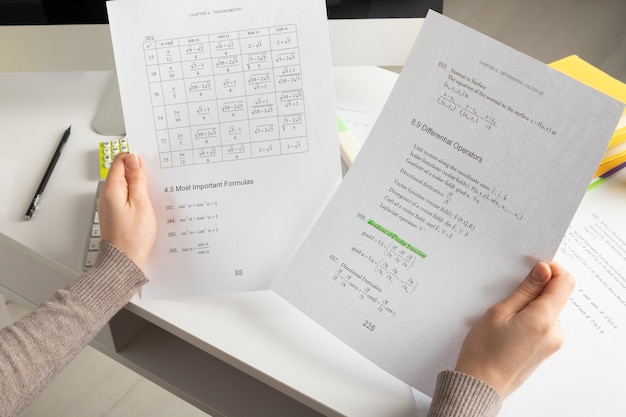
Passive Voice: Understanding passive constructions and when to use them to emphasize the action or the receiver of the action.
Passive voice is a grammatical construction that emphasizes the receiver of the action rather than the doer. In a passive sentence, the subject is acted upon by the verb, making it less direct and more indirect. This article will provide a comprehensive understanding of passive voice, its usage, and when to use it to emphasize the action or the receiver of the action.
Table of Contents:
1. Introduction to Passive Voice
2. Active Voice vs. Passive Voice
3. When to Use Passive Voice
4. Emphasizing the Action with Passive Voice
5. Emphasizing the Receiver with Passive Voice
6. Practice Exercises
7. Conclusion
1. Introduction to Passive Voice:
Passive voice is a way to construct sentences where the subject is not the one performing the action. Instead, the subject is the one receiving the action. This construction is achieved by using a form of the verb “to be” along with the past participle of the main verb.
Example:
Active Voice: The chef cooked the meal.
Passive Voice: The meal was cooked by the chef.
In the passive voice sentence, the focus is on the meal (the receiver of the action) rather than the chef (the doer of the action).
2. Active Voice vs. Passive Voice:
To understand passive voice better, let’s compare it with active voice, which is the more common and direct way of constructing sentences. In active voice, the subject performs the action directly.
Example:
Active Voice: The company developed a new product.
Passive Voice: A new product was developed by the company.
In the active voice sentence, the company (the subject) performs the action of developing a new product. In the passive voice sentence, the focus shifts to the new product (the receiver of the action).
3. When to Use Passive Voice:
Passive voice is commonly used in the following situations:
– When the doer of the action is unknown or unimportant:
Example: The car was stolen last night.
– When the focus is on the receiver of the action:
Example: The book was read by millions of people.
– When discussing general truths or scientific facts:
Example: It is believed that the universe originated from the Big Bang.
4. Emphasizing the Action with Passive Voice:
Passive voice can be used to emphasize the action rather than the doer. This can be helpful in situations where the doer is unknown, unimportant, or intentionally being kept anonymous.
Example:
Active Voice: The police arrested the suspect.
Passive Voice: The suspect was arrested.
In the passive voice sentence, the emphasis is on the act of arresting, rather than the police who performed the action.
5. Emphasizing the Receiver with Passive Voice:
Passive voice can also be used to emphasize the receiver of the action. This can be useful when the receiver is the main focus or when you want to create a more formal tone.
Example:
Active Voice: The professor gave the students a lecture.
Passive Voice: The students were given a lecture by the professor.
In the passive voice sentence, the emphasis is on the students (the receiver of the lecture) rather than the professor (the doer of the action).
6. Practice Exercises:
a) Rewrite the following sentences in passive voice:
1. The cat chased the mouse.
2. The teacher will assign the homework.
3. They built a new stadium.
Answers:
1. The mouse was chased by the cat.
2. The homework will be assigned by the teacher.
3. A new stadium was built by them.
b) Rewrite the following sentences in active voice:
1. The mistake was made by me.
2. The cake was baked by my sister.
3. The letter was written by him.
Answers:
1. I made the mistake.
2. My sister baked the cake.
3. He wrote the letter.
7. Conclusion:
Passive voice is a grammatical construction that emphasizes the receiver of the action. It is used when the doer of the action is unknown, unimportant, or intentionally being kept anonymous. Passive voice can be used to emphasize either the action or the receiver of the action. Understanding when and how to use passive voice can enhance your writing skills and add variety to your sentences. Practice using passive voice to become more proficient in its application.
Remember, using passive voice sparingly is key to maintaining clarity and conciseness in your writing.



